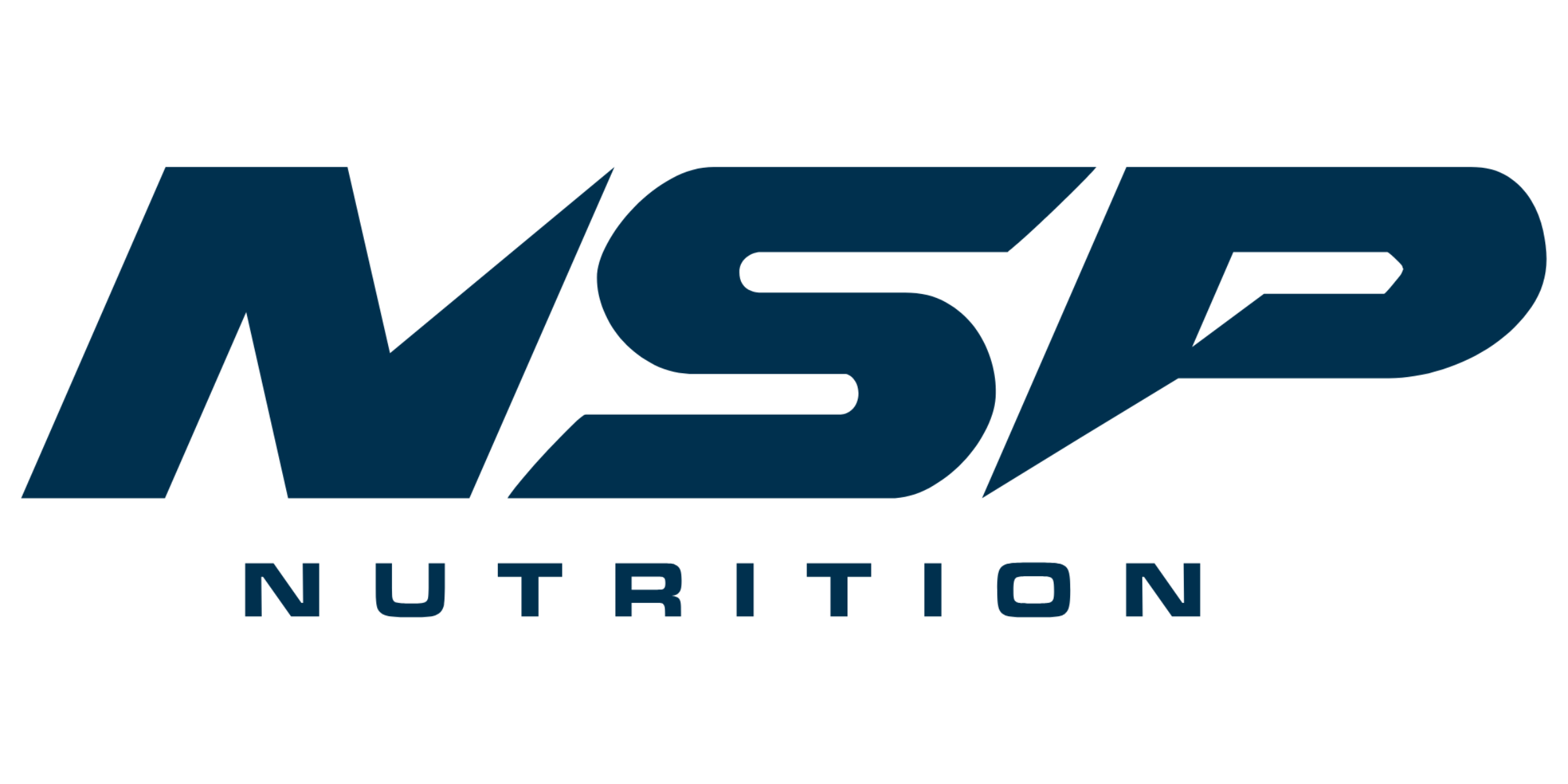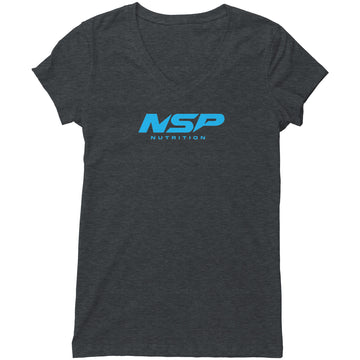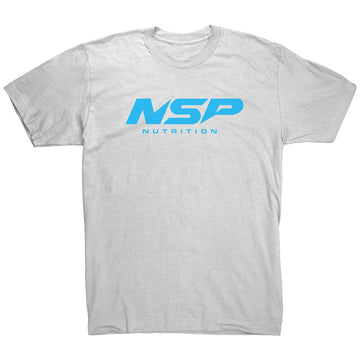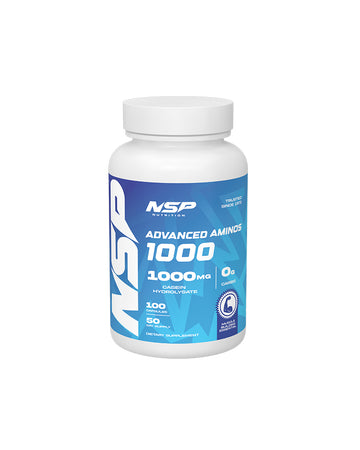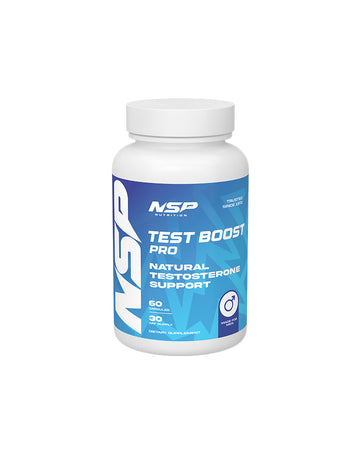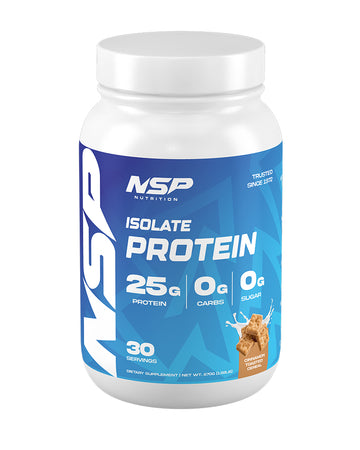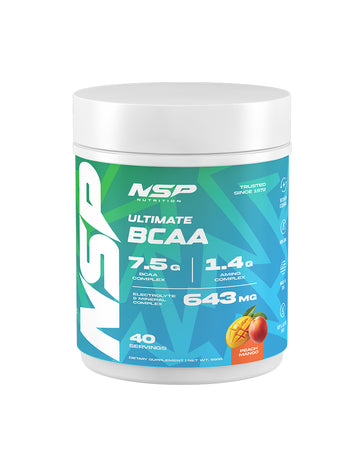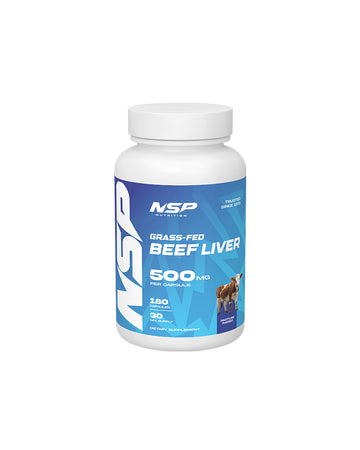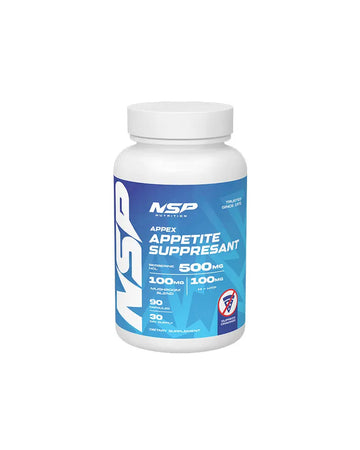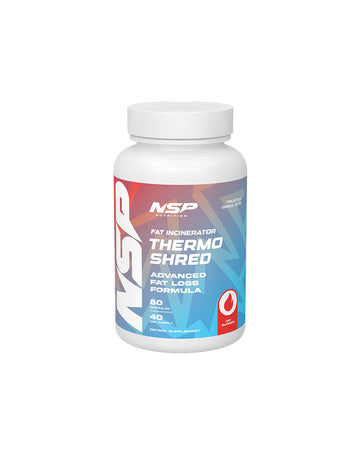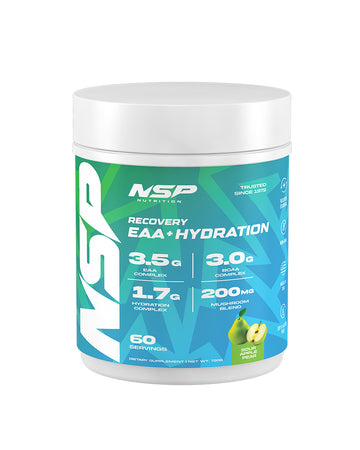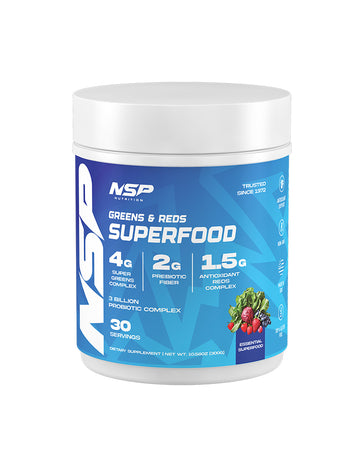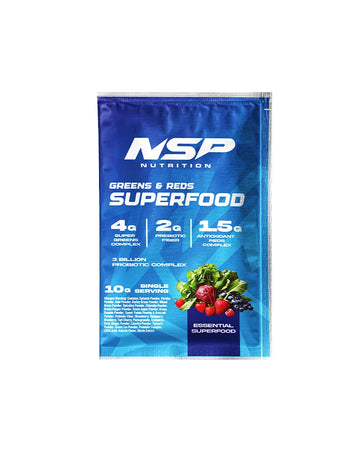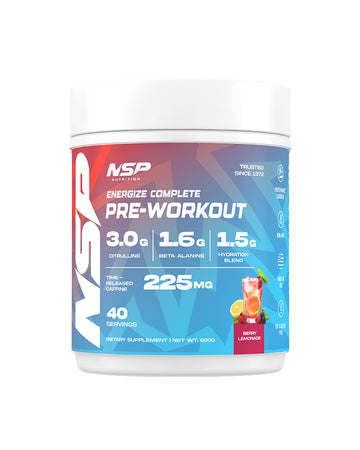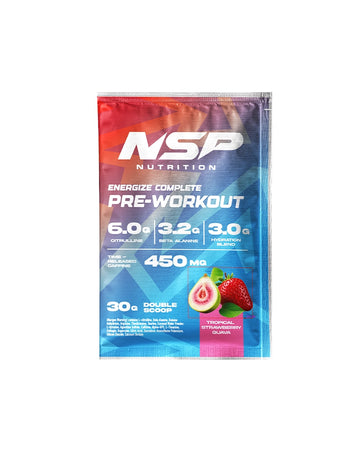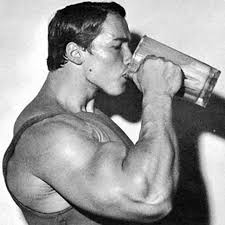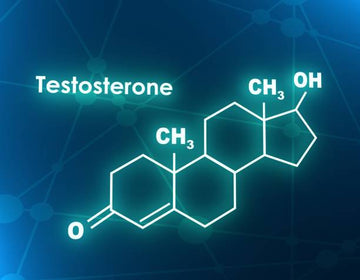Have you ever sat down at the gym or stood over the counter, just mixing your protein shake and gone; ‘Gee… I wonder what kind of protein formulas or pre-workouts bodybuilders and strongmen used back in the day?’
We've come a long way from the basic and sometimes even questionable protein diets from back in the day to the assortments of protein powders and formulas that are only a click away today.
Bodybuilding, powerlifting, and other feats of strength go as far back as ancient Greece, so how exactly did these absolute units keep up with their protein demands to build muscle and perform almost superhuman feats?
While the records get hazier the further we go back in time, we do have ample records and information regarding what strongmen and bodybuilders ate to maintain a healthy protein intake to maximize muscle growth and recovery, starting from the Bronze Era.
Bronze Era (1940s-1950s)
During the Bronze Era, bodybuilders relied on whole foods as their primary source of protein. These foods included lean meats, eggs, dairy products, and legumes. At the time, there were no protein supplements available, so bodybuilders had to rely on whole foods to support their muscle growth and recovery. It's worth noting that the lack of scientific knowledge about the benefits of protein intake during this era made it difficult for bodybuilders to know exactly how much protein they needed to consume to achieve optimal muscle growth.
Silver Era (1960s-1970s)
The Silver Era saw the introduction of protein supplements in the form of powders and shakes. Bodybuilders began to experiment with different protein formulas to find the most effective way to support muscle growth and recovery. The most popular protein source during this time was whey protein, which is a fast-digesting protein that provides the body with the essential amino acids needed for muscle growth.
Another go-to protein supplement during the Silver Era was powdered milk.
Bodybuilders would mix powdered milk with water or milk to create a high-protein drink that they could consume before or after their workouts.
Egg protein powder was also a popular supplement during the Silver Era. This powder was made from dried egg whites and was often used as a convenient way to add protein to shakes and smoothies.
Finally, some bodybuilders during this era would consume raw eggs as a protein source, which was a practice made famous by bodybuilder and actor, Steve Reeves.
Reeves was a strong believer in the power of proper nutrition to support muscle growth and development. He developed a protein drink that he called the "Hercules Cocktail," which he believed helped him to build and maintain his muscular physique.
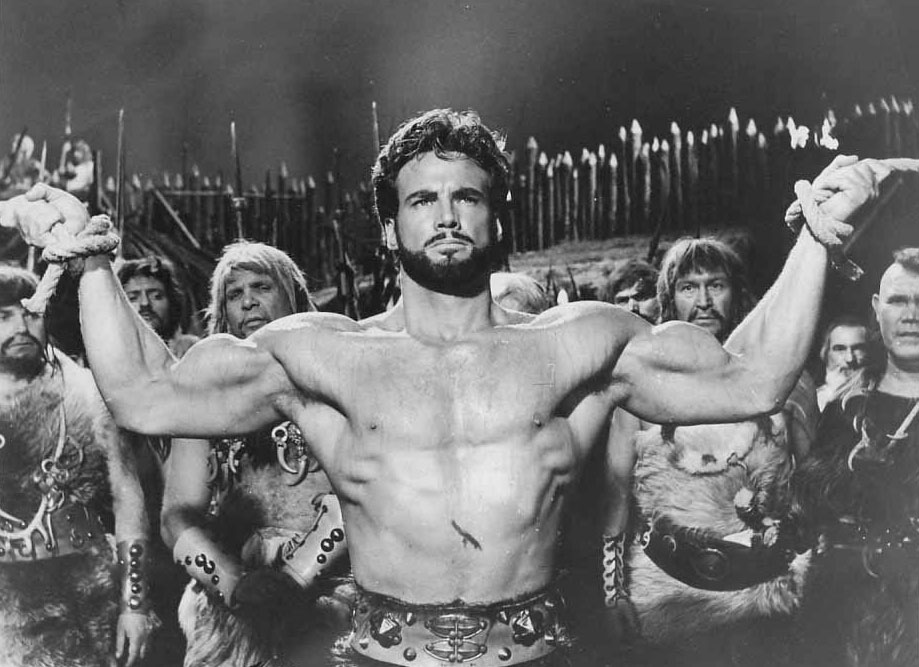
Reeves as Hercules (1958)
The Hercules Cocktail was a homemade protein drink that Reeves created using natural ingredients. The recipe included the following ingredients:
- 2 cups of fresh milk
- 1 tablespoon of Knox gelatin
- 2 tablespoons of honey
- 1 banana
- 1 scoop of vanilla ice cream
- 1 raw egg (optional)
To make the Hercules Cocktail, Reeves blended all of the ingredients together in a blender until smooth. He believed that the mixture provided him with the nutrients he needed to support muscle growth and recovery after intense workouts.
Golden Era (1980s-1990s)
The Gold Era saw an explosion in the availability of protein supplements, with bodybuilders having access to a wide range of protein powders, bars, and shakes. This era also saw the rise of the mass gainer, which is a protein powder that contains additional carbohydrates and fats to support muscle growth and recovery. Bodybuilders began to use mass gainers in combination with whey protein to meet their high protein needs.
Bodybuilders also began to pay more attention to the timing of protein intake, consuming protein before and after workouts to support muscle growth and recovery. In addition, the quality of protein became a key consideration, with many bodybuilders opting for grass-fed, hormone-free, and organic protein sources.
But with this rise in protein supplements also came an oversaturation of mid-tier to low quality supplements being sold at exorbitant prices.
Supplement companies would deliberately produce mediocre supplements, get a popular bodybuilder at the time to appear in ads or posters, and make a killing off of their products.
It was for exactly this reason that world-renowned celebrity trainer and nutritionist Vince Gironda founded his own supplement company, NSP Nutrition in 1948.

Platinum Era (2000s-2010s)
The Platinum Era saw the introduction of more specialized protein formulas, with bodybuilders using a combination of different protein sources to maximize muscle growth and recovery. These sources included whey protein isolate, casein protein, egg protein, and plant-based protein. Timing protein intake also became more standard practice during this time, as bodybuilders would closely monitor when they took in protein.
Modern Era (2010s-Present)
The Modern Era has seen a further evolution in protein workout formulas, with bodybuilders using a combination of protein supplements and whole foods to meet their high protein needs. Bodybuilders have also begun to focus on the quality of protein, with many opting for grass-fed, hormone-free, and organic protein sources. In addition, there has been an increase in the popularity of plant-based protein supplements, as more bodybuilders are adopting a vegan or vegetarian lifestyle which would have been unheard of in previous eras.
Conclusion
In conclusion, the history of protein workout formulas has seen a significant evolution from the Bronze Era of bodybuilding up until the Modern Era. While whole foods remain a key component of a bodybuilder's diet, the availability of protein supplements has allowed bodybuilders to meet their high protein needs more easily. Whey protein, mass gainers, and specialized protein formulas have all been popular during different eras of bodybuilding, with bodybuilders constantly experimenting with different formulas to maximize muscle growth and recovery. The Modern Era has seen a greater emphasis on the quality of protein and the adoption of plant-based protein sources, highlighting the importance of both protein quantity and quality for optimal muscle growth and recovery.
